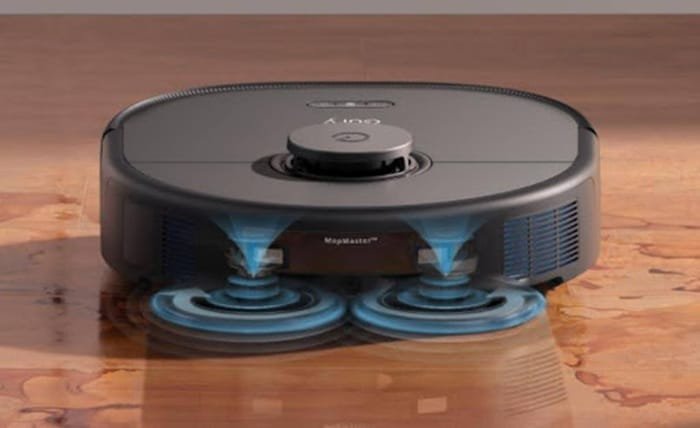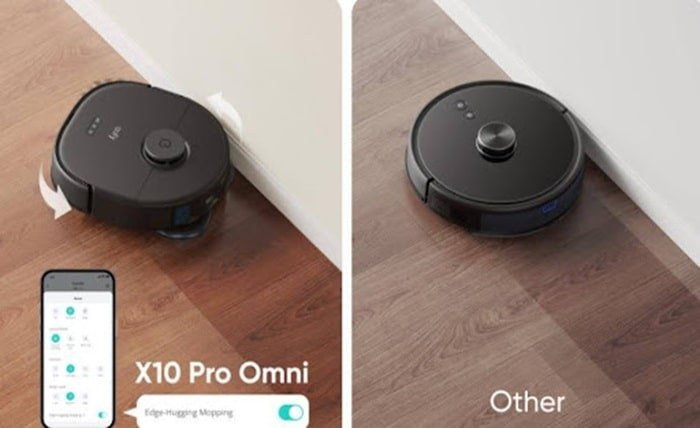Features to Look for in Tile Floor Vacuums

Choosing the right vacuum for tile floors can significantly impact the cleanliness and longevity of your flooring. Not all vacuums are suited for tile surfaces; some might scratch, while others could fail to remove dust and debris effectively. As a homeowner, understanding the essential features to seek in a tile floor vacuum can ensure you make an informed decision. This guide will walk you through crucial aspects such as suction power, brush roll design, filtration systems, and maneuverability, ensuring you find a vacuum that offers efficient and safe cleaning.
Optimal Suction Power for Tile Floors
When choosing a vacuum for tile floors, suction power plays a critical role in delivering a deep clean. Let’s explore why this feature is essential for effective cleaning.
Why Strong Suction Matters
Strong suction power is essential for cleaning tile floors because it ensures that dirt, dust, and debris are effectively removed. Tile floors often have grooves and grout lines where particles can accumulate. Without sufficient suction, these particles may remain, leading to dull and unhealthy floors. A vacuum with powerful suction can reach into these crevices, providing a thorough clean that not only improves appearance but also air quality in your home.
Adjustable Suction for Versatile Cleaning
While strong suction is important, having adjustable suction settings can make a world of difference. This feature allows you to tailor the vacuum’s power to the type of mess or specific cleaning task at hand. For instance, lighter suction might be adequate for daily cleaning, while a higher setting could be necessary for more stubborn dirt. Adjustable suction makes your vacuum versatile, allowing it to efficiently clean different surfaces, including delicate tile, rugs, or upholstered furniture, without causing damage.
Brush Roll Design for Scratch-Free Cleaning
The brush roll is a key component in ensuring a thorough clean, but not all brush rolls are suitable for tile floors. Here’s what to look for to protect your surfaces while maintaining effectiveness.
Soft Bristles for Delicate Tile Surfaces
Tile floors, especially those made from materials like ceramic or natural stone, can be prone to scratching. A vacuum designed for tile floors should feature a brush roll with soft bristles. These bristles gently lift dirt without causing abrasions, maintaining the pristine condition of your tile. Soft bristles are gentle on the tile surface yet effective in loosening dirt and debris.
Brush Roll On/Off Control for Flexibility
Having control over the brush roll can add to the vacuum’s versatility. Brush rolls are great for collecting more dirt but can be turned off when cleaning delicate surfaces or areas with minimal dirt. The ability to switch the brush roll off provides the flexibility to clean different floor types efficiently, ensuring your vacuum can adapt to your home’s unique needs.
Advanced Filtration for Cleaner Air
When cleaning tile floors, a vacuum’s filtration system can contribute to maintaining healthier indoor air quality. Let’s take a closer look at why filtration is an important feature.
HEPA Filters to Trap Allergens
Advanced filtration systems, particularly those with HEPA (High-Efficiency Particulate Air) filters, are vital for maintaining clean indoor air quality. HEPA filters are designed to capture small particles, including dust, pollen, and pet dander, which are common allergens. Using a vacuum with a HEPA filter ensures that these particles are not recirculated into the air you breathe, making it an excellent choice for allergy sufferers or households with pets.
Sealed Filtration for Dust Containment
A vacuum with sealed filtration ensures that once dirt and allergens are captured, they remain trapped inside. This prevents any captured particles from escaping back into the air during use. Sealed systems enhance the effectiveness of HEPA filters, making the vacuum more efficient at improving indoor air quality. This feature is particularly important in homes with children, elderly residents, or anyone with respiratory issues.
Maneuverability and User-Friendly Design
A vacuum’s design plays a major role in how easily you can move and handle it, especially when cleaning larger tile surfaces. Let’s explore the features that enhance maneuverability and ease of use.
Lightweight Build for Easy Handling
A lightweight vacuum is easier to maneuver, especially when handling large tile surfaces or moving from room to room. Vacuums made with lightweight materials reduce the physical strain on the user, making cleaning less taxing and more efficient. A vacuum that is easy to carry and push around ensures that you can clean your home more thoroughly with less effort.

Swivel Steering and Low-Profile Heads
Swivel steering and low-profile heads are design features that enhance maneuverability. Swivel steering allows the vacuum to navigate around furniture and obstacles smoothly. Low-profile heads enable the vacuum to clean under furniture and other hard-to-reach areas effectively. These design elements make it easier to maintain a clean home, as they ensure that you can access every nook and cranny without difficulty.
Conclusion
Selecting a vacuum with the right features for your tile floors can lead to better cleaning results and prolong the life of your flooring. Focus on vacuums with strong but adjustable suction, soft-bristled brush rolls, advanced filtration systems, and a design that prioritizes maneuverability and user-friendliness. By considering these essential features, you can invest in a vacuum that not only keeps your tile floors clean but also contributes to a healthier home environment.




